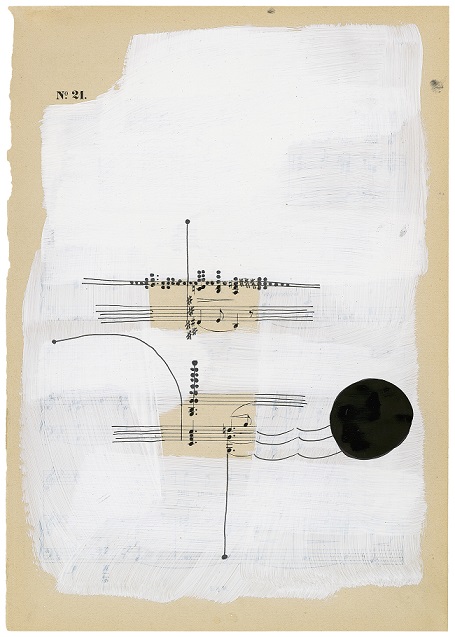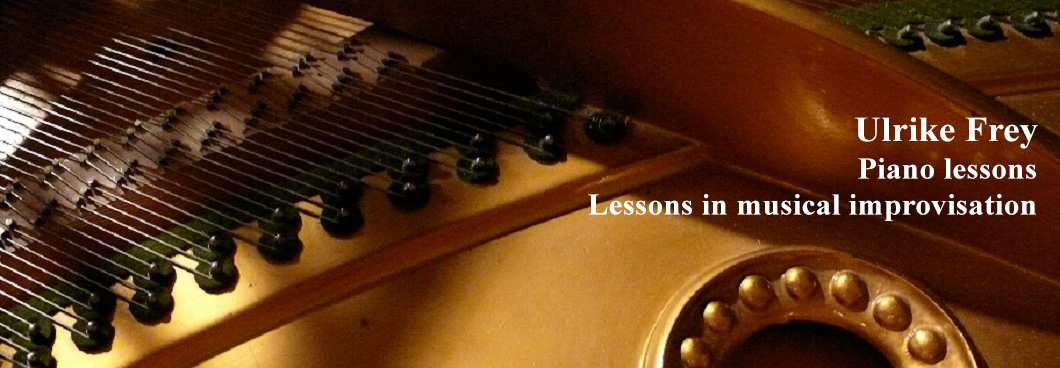Lessons in musical improvisation
 In musical improvisation, a distinction is made between fixed and free improvisation.
In musical improvisation, a distinction is made between fixed and free improvisation.
Fixed improvisation takes place within a fixed melodic, harmonic or stylistic framework, as is the case, for example, in the Blues or a classical chaconne.
Free improvisation unfolds without special guidelines, following the various impulses and sound structures that emerge in the course of the improvisation.
Both types of improvisation challenge one to respond creatively to the open development and unexpected turns in the musical event, albeit in different ways.
In fixed improvisation we are obliged to adhere to certain limitations on our creative freedom. But precisely herein lies the special appeal of expressing oneself within a given structure and, over time, of finding one’s way to one’s own, individual musical language.
In free improvisation, we allow ourselves to be inspired from moment to moment by sound events and attempt to distance ourselves from conventional playing and listening habits so as to be able to react in each moment in a fresh and unbiased way to the music which is currently unfolding.
In my ordinary piano classes, improvisation is one of many options that one can explore. In the lessons in musical improvisation, however, this artistic form of expression is the focus of attention. According to the interests and desires of the student, the following topics could be incorporated:
-
free improvisation and useful inner attitudes for creatively improvising
-
melodic improvisation and song accompaniment with simple forms of accompaniment like pedal point, thirds and bourdon
-
ostinato improvisation
-
improvisation with pentatonic scales and church modes
-
improvisation in the context of simple and expanded cadenca with the possibilities of modulation in other keys
-
song accompaniment with an improvised piano setting
-
improvisation with harmony schemata und melodic patterns from the blues and boogie-woogie as well as pop and rock
-
introduction to style improvisation with the aid of variation models and harmony schemata of classical dances, e.g. the passacaglia or chaconne, the waltz and the mazurka



